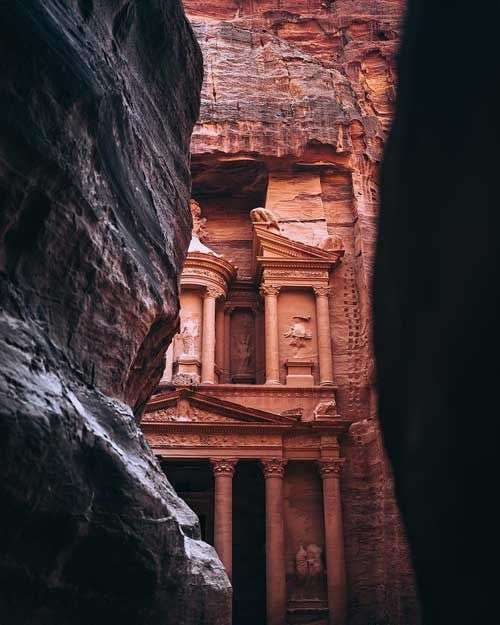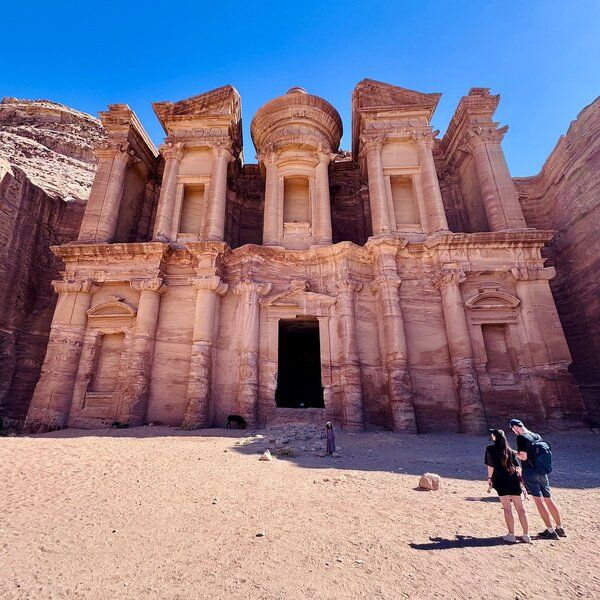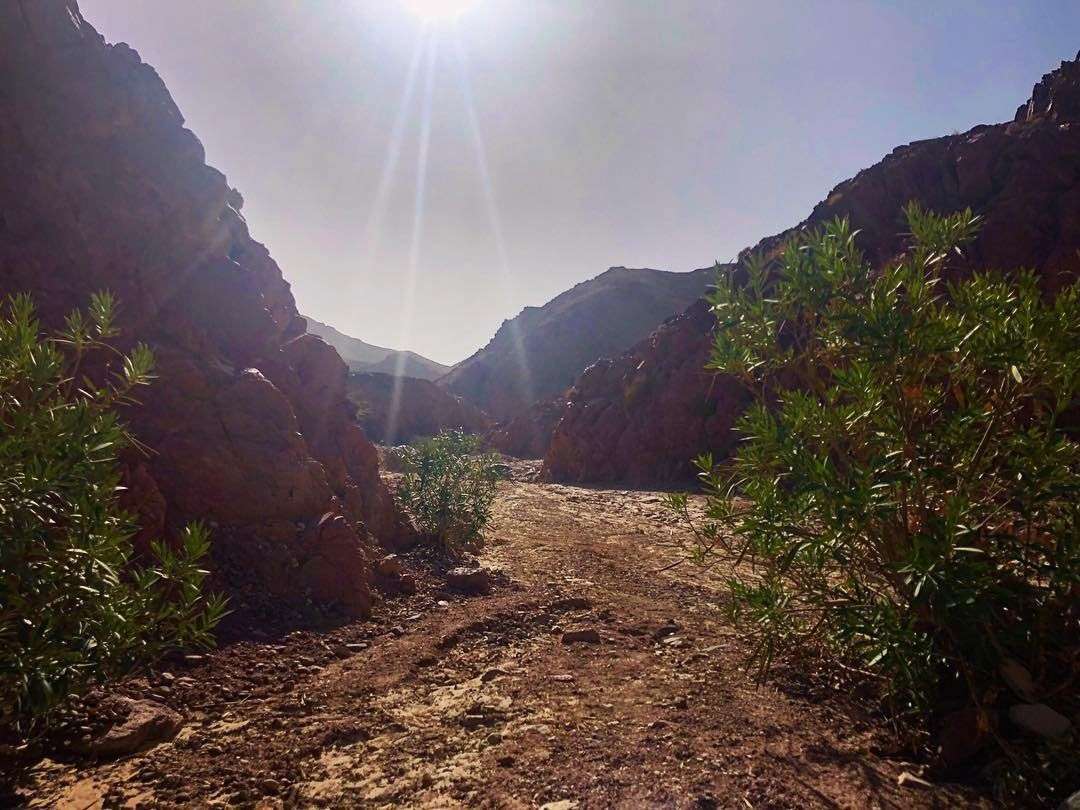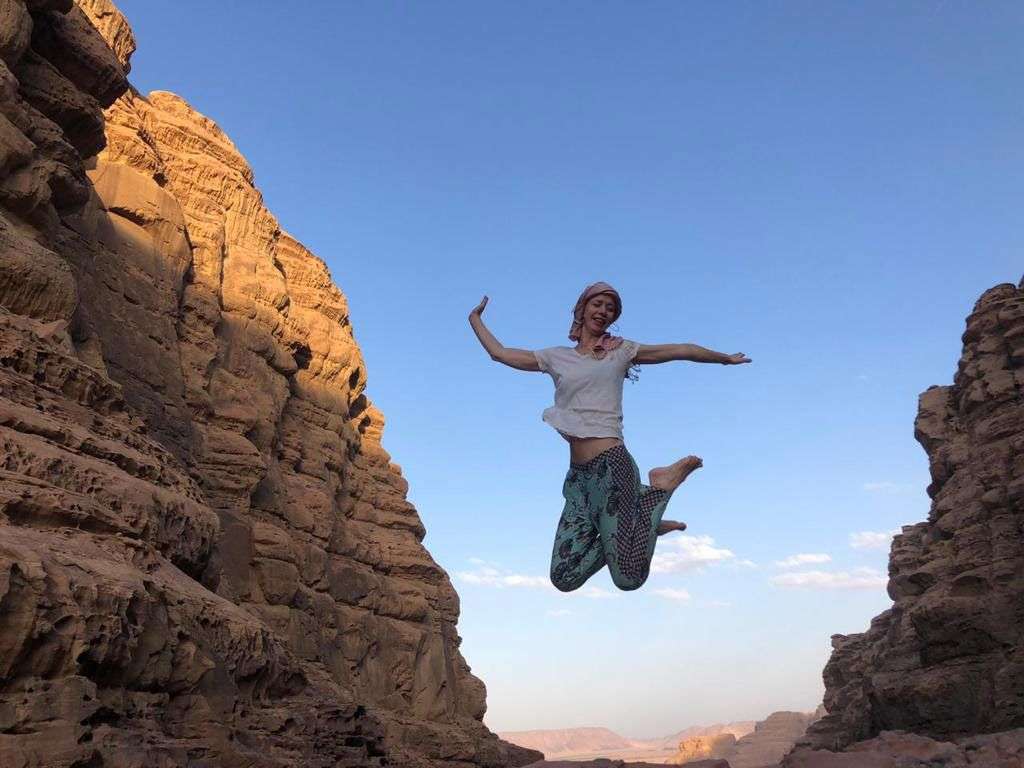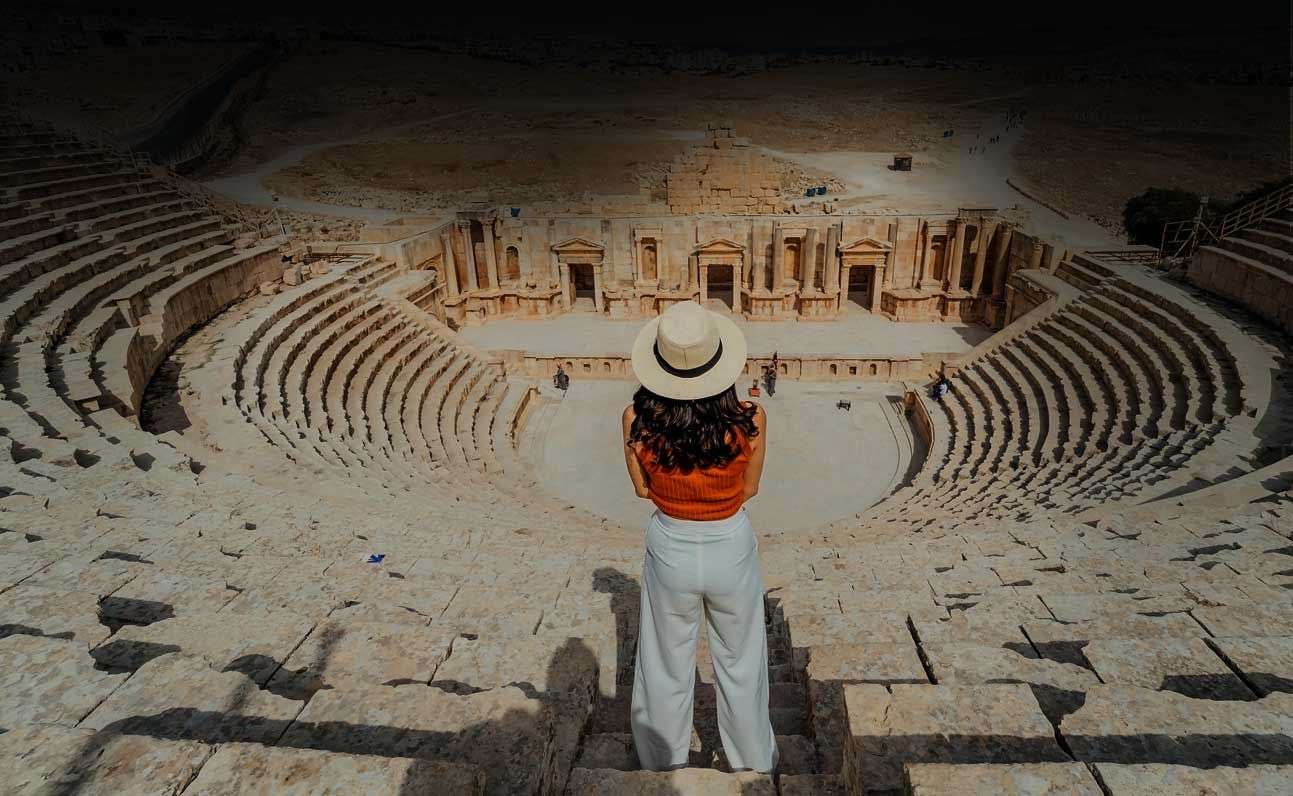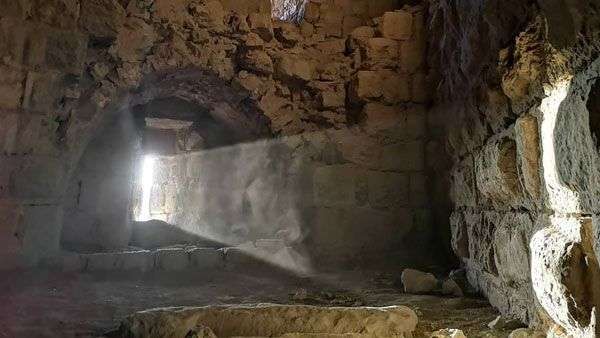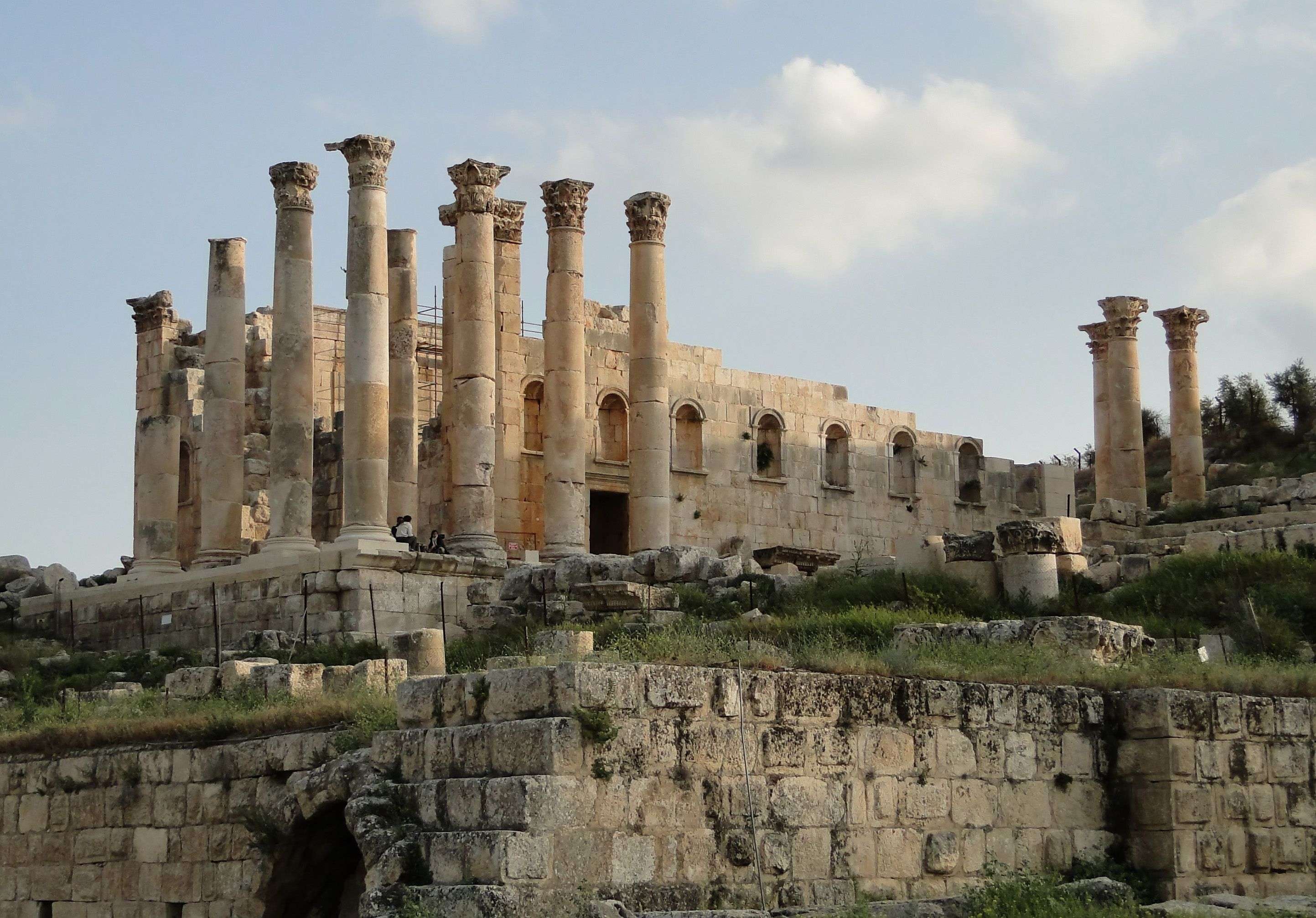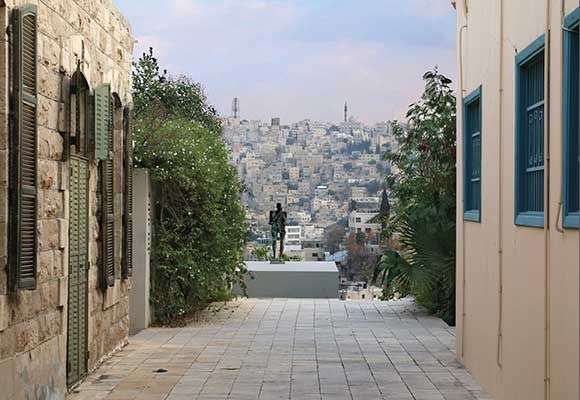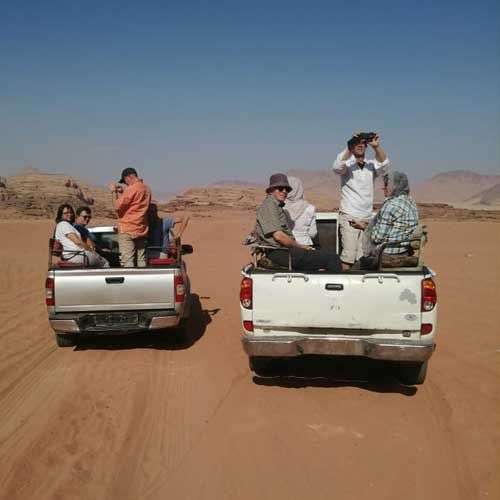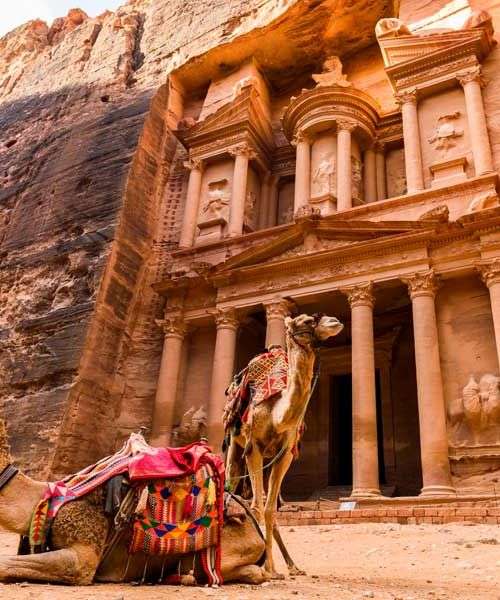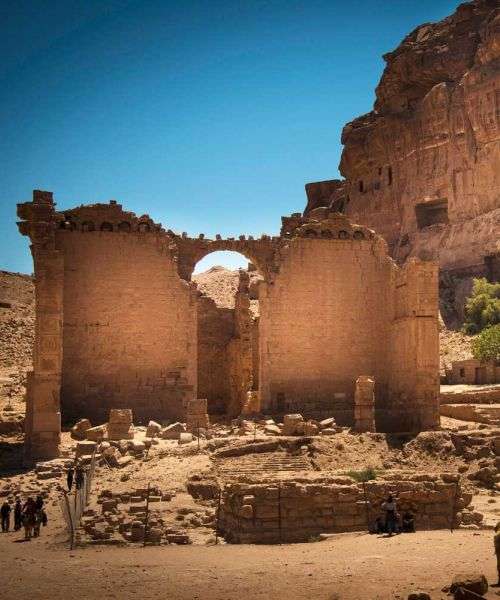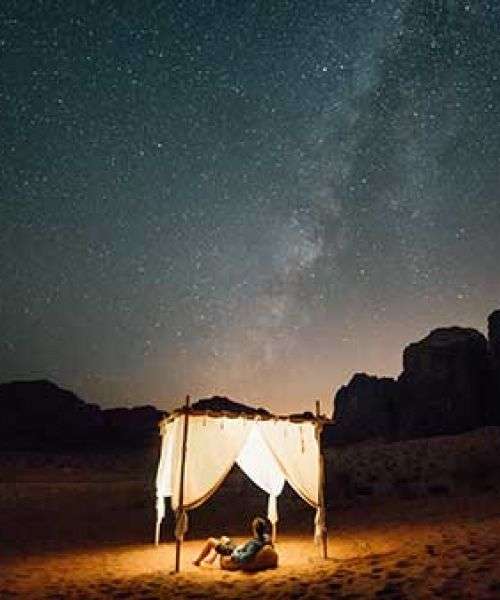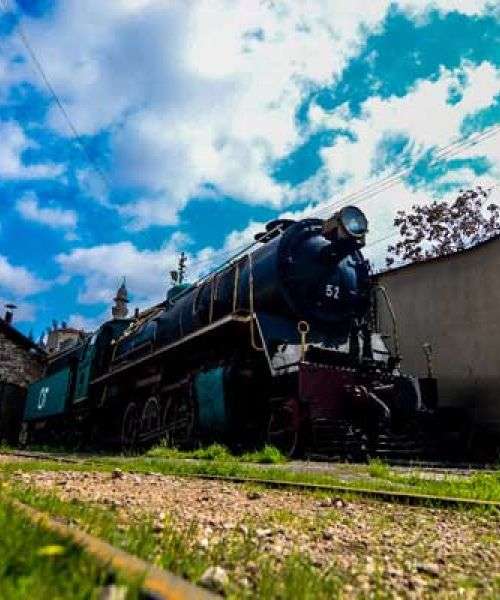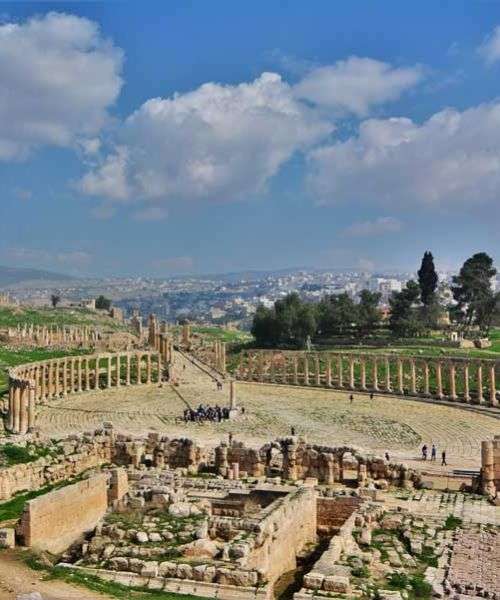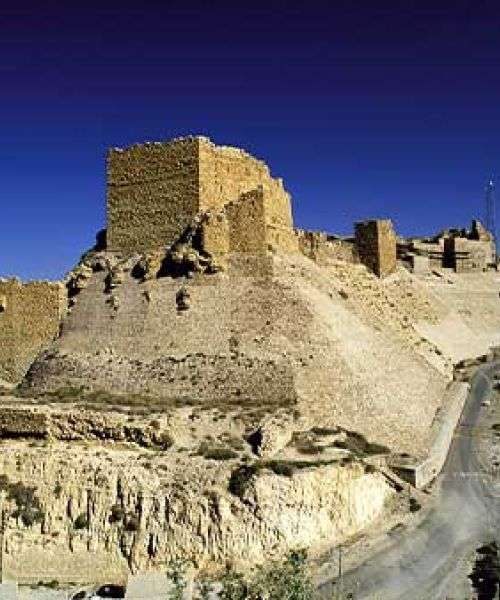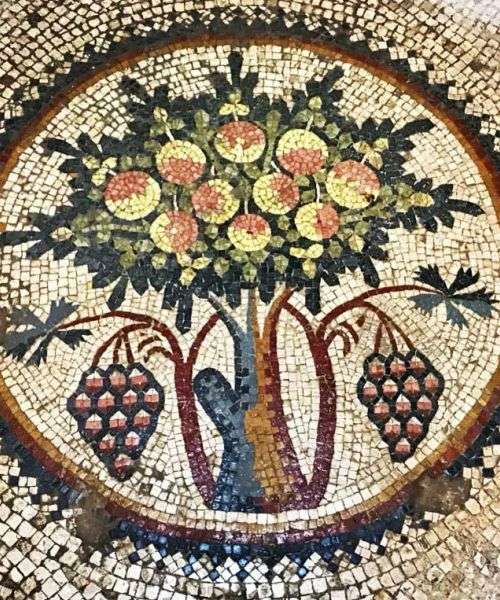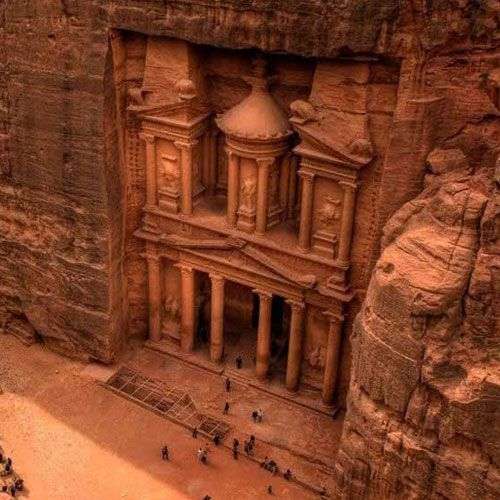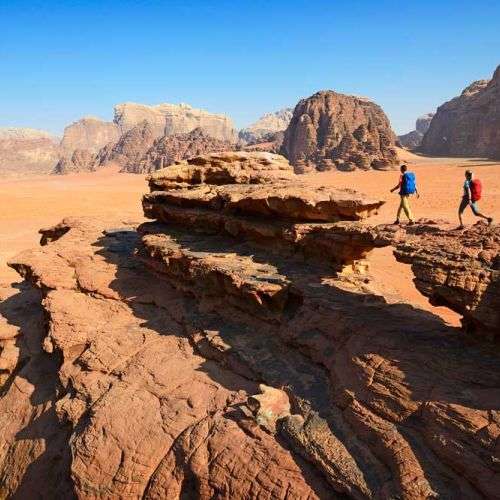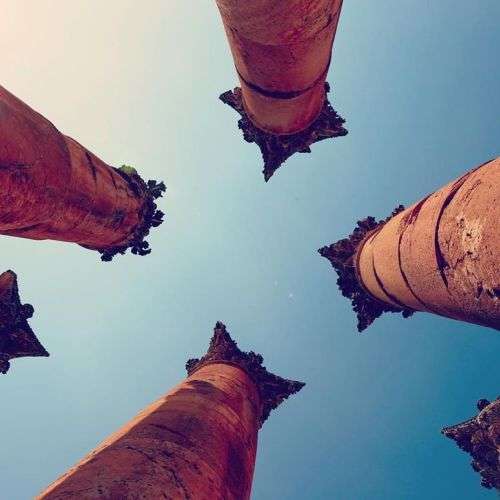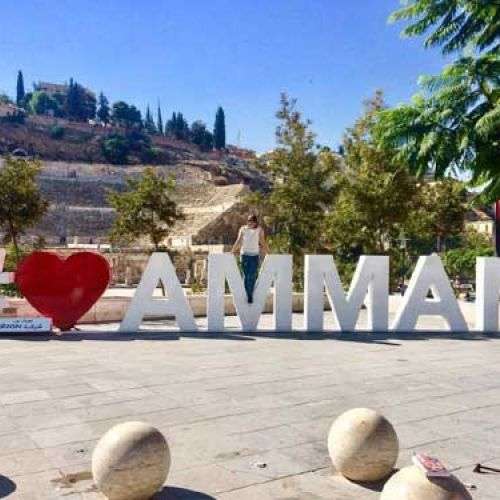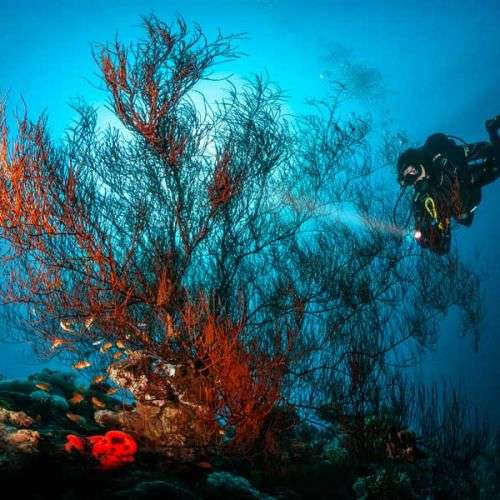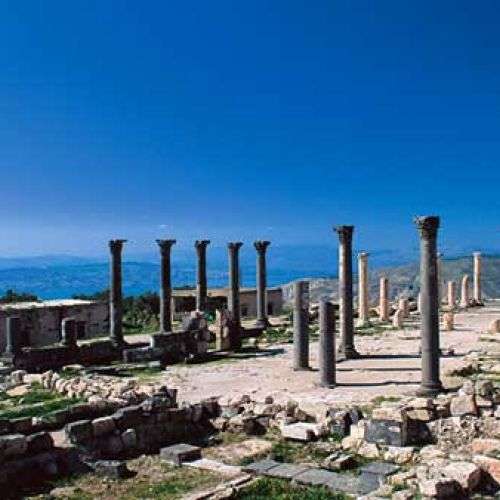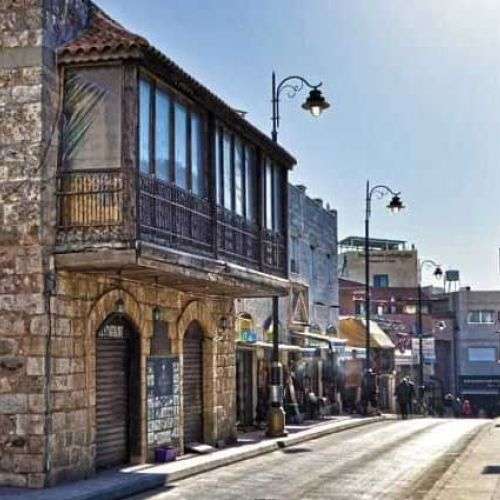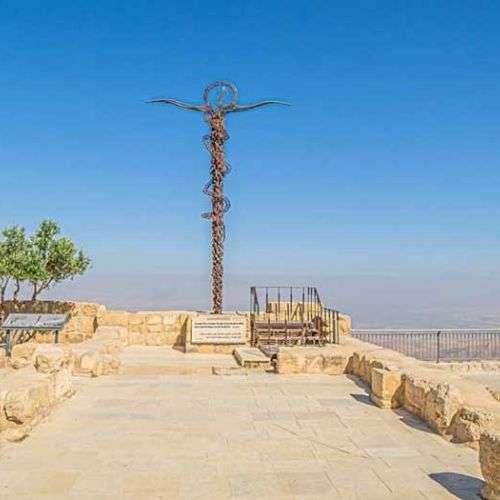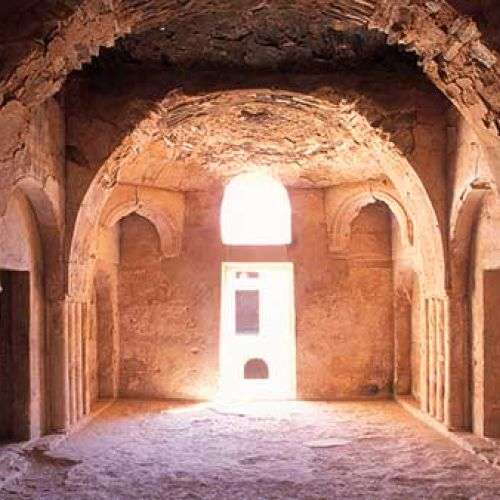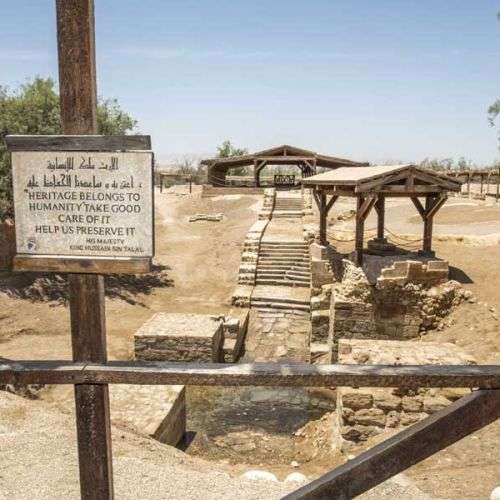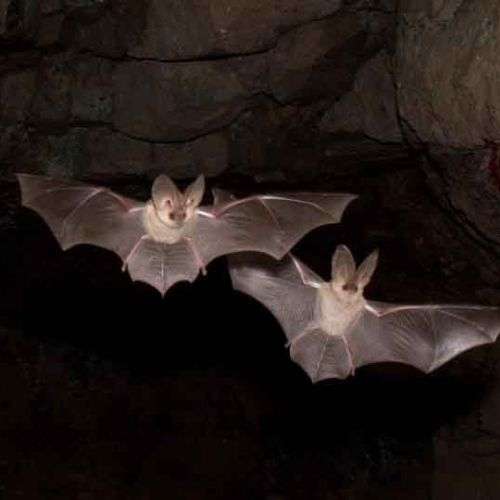Jordan
Jordan: A Captivating Destination for Global Travelers
Jordan is strategically located in the heart of the Middle East, bordered by Saudi Arabia to the south, Syria to the north, Iraq to the northeast, and Israel and the Palestinian National Authority to the west. The country enjoys access to the Red Sea through the port city of Aqaba, situated at the northern end of the Gulf of Aqaba.
Key Facts About Jordan
-
Total Area: 89,213 sq. km (34,445 sq. miles)
-
Land: 88,884 sq. km (34,318 sq. miles)
-
Water: 329 sq. km (127 sq. miles)
-
-
Population: 9.456 million (2016)
Climate
Jordan’s climate is a mix of Mediterranean and arid desert conditions:
-
Mediterranean Climate: Predominates in the north and west, featuring warm, dry summers and mild, wet winters.
-
Desert Climate: Covers most of the country, with extremely hot summers and cooler winters.
-
Temperature Range:
-
Annual average: 12°C to 25°C (54°F to 77°F).
-
Summer highs: Can reach 40°C to 45°C (104°F to 113°F) in desert regions.
-
-
Rainfall:
-
Desert areas: ~50 mm (1.97 inches) annually.
-
Northern hills: Up to 800 mm (31.5 inches), with occasional snowfall.
-
Geographical Features
Jordan’s landscape is incredibly diverse, offering a range of natural wonders:
-
Jordan Rift Valley: Located in the west, home to the Dead Sea, the lowest point on Earth at -408 meters (-1,338.6 feet).
-
Desert Plateau: Dominates the eastern part of the country.
-
Mountain Ranges: Small hills run the length of the country, with Jebel Rum in the south being the highest point at 1,734 meters (5,689 feet).
Discover Jordan’s top attractionsPetra, the Dead Sea, and Amman where history meets modern charm. Explore Jordan tourism for an unforgettable adventure!
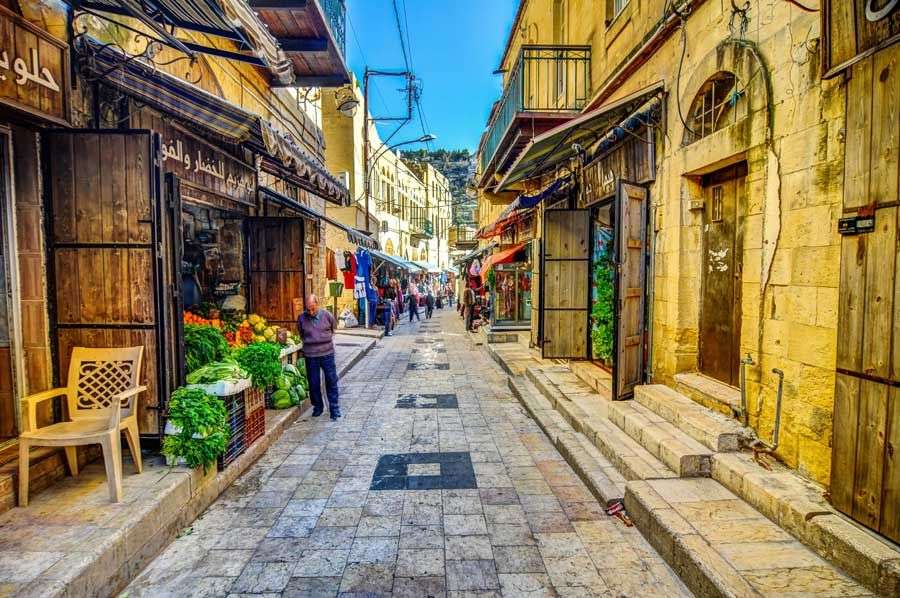
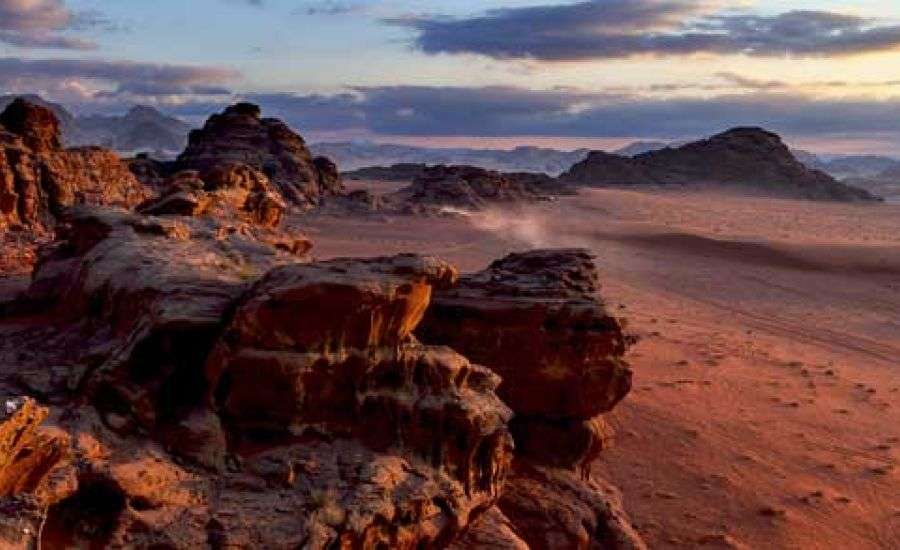
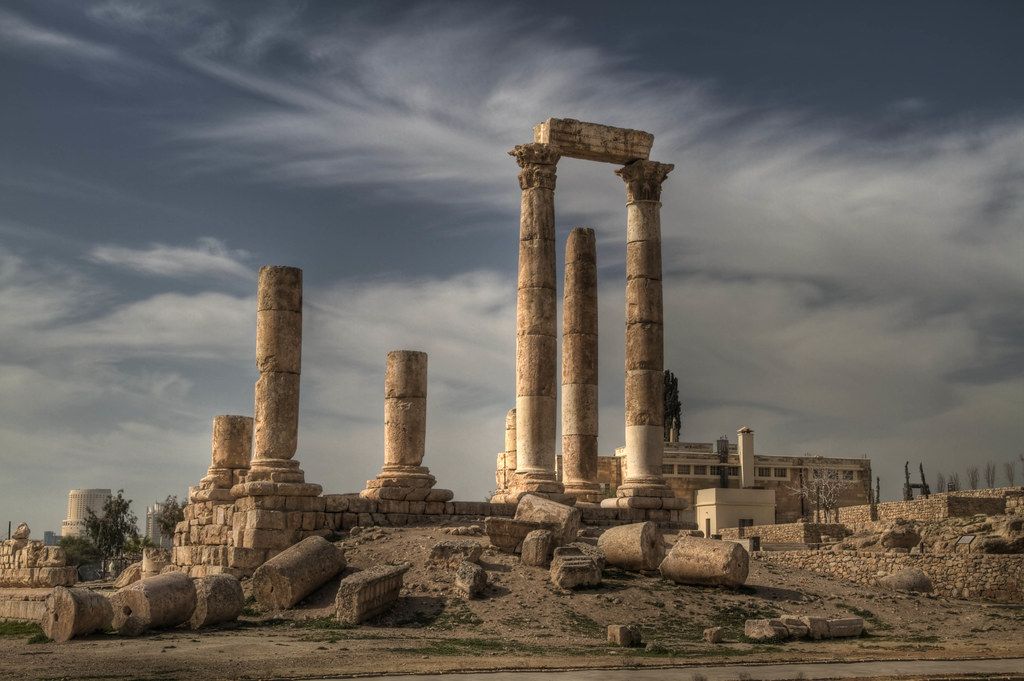
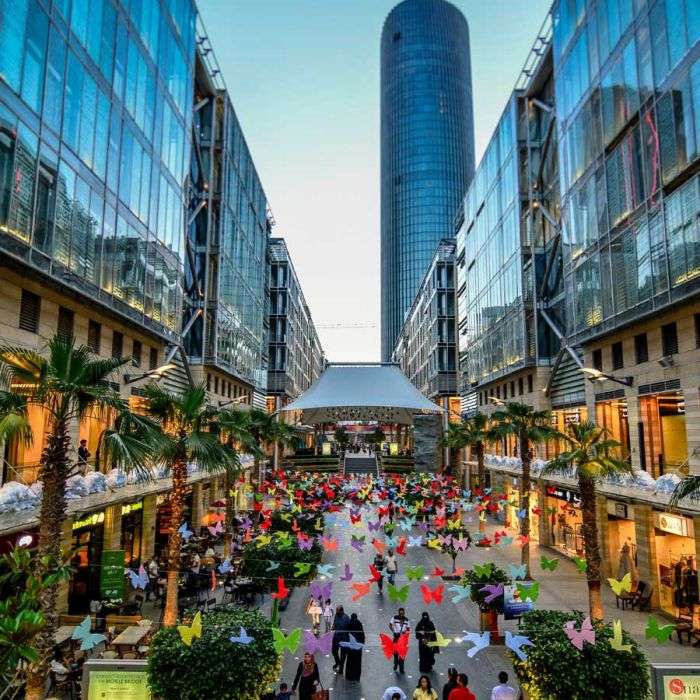
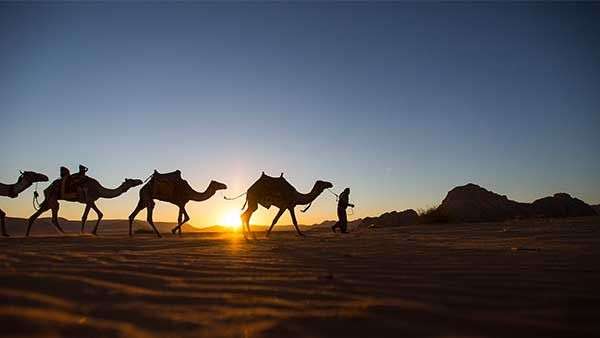
Jordan Travel A Journey Worth Taking
Jordan’s currency is the Jordanian Dinar (JD), subdivided into 1000 fils or 100 piastres. It comes in paper notes of 50, 20, 10, 5, and 1 JD, and coins in 0.5 JD, 0.25 JD, and smaller fils denominations. The daily exchange rate is published in local newspapers.
A Land of Rich History and Culture
Jordan has been home to successive civilizations, each leaving its mark on the country’s religion, language, and architecture. From the 7th century, Jordan remained under Arab rule (except during the Crusader period) until the Ottoman Empire expanded in the 16th century.
The population reflects a mix of traditions, with many Jordanians taking pride in their Bedouin heritage. Known for their hospitality, strong character, and deep family and tribal ties, Bedouins are a cornerstone of Jordanian culture.
Modern Challenges and Reforms
Jordan is a small Arab country with limited natural resources like water and oil. Issues such as debt, poverty, and unemployment persist, but since King Abdullah II assumed the throne in 1999, he has implemented economic reforms to improve living standards and secure a brighter future.
Jordan’s geographic location has been pivotal in shaping its history and cultural heritage. Situated between Israel, Saudi Arabia, Iraq, and Syria, Jordan occupies a strategic position in the Middle East. Its borders stretch from the fertile Jordan Valley in the west to the dramatic desert landscapes of Wadi Rum in the east. This unique location has made Jordan a crossroads of civilizations for centuries, attracting traders, explorers, and conquerors alike.
Physical Geography of Jordan
Jordan’s physical geography is a stunning tapestry of diverse landscapes, offering something for every traveler:
-
Mountains and Valleys: The southwestern mountains hide the ancient city of Petra, a UNESCO World Heritage Site carved into rose-colored sandstone cliffs.
-
The Dead Sea: The lowest point on Earth, known for its high salt concentration, allows visitors to float effortlessly while enjoying its therapeutic properties.
-
Deserts: The iconic Wadi Rum desert, with its red sand dunes and towering rock formations, offers a surreal and otherworldly experience.
-
Coastal Beauty: The Red Sea coastline in Aqaba provides serene beaches and vibrant marine life, perfect for relaxation and adventure.
-
Urban and Rural Contrasts: From the bustling streets of Amman, Jordan’s capital, to the tranquil countryside, the country’s geography is as diverse as its culture.
Jordan’s natural wonders and historical treasures make it a destination that captivates travelers from around the world.
Jordan is a paradise for nature lovers and adventure seekers, offering breathtaking natural landmarks.
- Wadi Rum Desert – Known as the Valley of the Moon, this stunning desert features golden sand dunes, towering rock formations, and ancient petroglyphs, creating a surreal, otherworldly experience.
- Dana Biosphere Reserve – A UNESCO-listed nature reserve, Dana boasts diverse flora and fauna, making it a top spot for ecotourism, hiking trails, and wildlife exploration in Jordan.
- Mujib Nature Reserve – Home to dramatic canyons and cascading waterfalls, Mujib offers adrenaline-packed activities like canyoning, hiking trails, and river adventures near the Dead Sea.
From the majestic Wadi Rum to the lush Dana Reserve and the adventurous Mujib Canyons, Jordan’s natural beauty makes it a must-visit destination for eco-tourism, desert adventures, and wildlife experiences.
Jordan’s geographic location has shaped its rich history and culture, making it a true melting pot of civilizations. Situated along ancient trade routes, the country has been influenced by diverse cultures, leaving behind an extraordinary archaeological and historical legacy.
Cultural and Historical Influences
- Nabateans – Creators of Petra, a UNESCO World Heritage Site and one of the New Seven Wonders of the World, known for its architectural ingenuity.
- Romans – Their legacy lives on in the well-preserved ruins of Jerash, showcasing grand temples, theaters, and streets.
- Byzantines – Left behind intricate mosaics and significant religious sites, including those in Madaba.
- Arabs – Introduced Islamic architecture and traditions, which remain central to Jordan’s cultural identity.
A Journey Through Time
From the rose-red city of Petra to the Roman ruins of Jerash and the Byzantine mosaics of Madaba, every corner of Jordan tells a story. This land of trade, faith, and architecture invites visitors to explore its archaeological wonders, religious landmarks, and timeless cultural heritage.
Jordan’s strategic location in the Middle East has made it a vital player in regional politics, security, and economic connectivity. Known for its stable political climate and peaceful relations with neighboring countries, Jordan stands as a haven of stability in a volatile region.
Key Roles and Contributions
-
Peace Negotiations: Jordan has played a crucial role in facilitating peace talks and fostering dialogue in the region.
-
Humanitarian Efforts: The country has provided humanitarian assistance and refuge to those fleeing conflicts in neighboring nations, showcasing its commitment to stability and compassion.
-
Trade and Transportation Hub: Jordan’s location serves as a gateway for trade and transportation between Europe, Asia, and Africa, enhancing its economic significance.
Infrastructure and Accessibility
Jordan boasts well-developed infrastructure, including modern airports and highways, making it easily accessible for both business and leisure travelers. This connectivity, combined with its strategic position, ensures Jordan remains a key player in the region’s economic and political landscape.
From its role in regional diplomacy to its contributions as a humanitarian hub, Jordan’s strategic location continues to shape its influence and importance in the Middle East.
Historical and Cultural Exploration
-
Jerash: Step back in time at the ancient Roman city, known for its well-preserved ruins and grand architecture.
-
Mount Nebo: Discover breathtaking views and biblical significance at this sacred site.
-
Baptism Site: Explore the place where Jesus is believed to have been baptized, a destination of deep spiritual importance.
Natural Wonders and Adventure
-
Dead Sea: Float effortlessly in the mineral-rich waters of the lowest point on Earth, known for its therapeutic properties.
-
Dana Biosphere Reserve: Hike through Jordan’s largest nature reserve, home to diverse flora and fauna.
-
Wadi Rum: Experience the thrill of a jeep safari or camel trek in this otherworldly desert landscape, often called the Valley of the Moon.
Urban Exploration
-
Amman: Jordan’s vibrant capital offers a perfect blend of modernity and tradition. Explore bustling markets, trendy cafes, and ancient ruins like the Amman Citadel and Roman Theater.
Something for Everyone
Whether you’re a history enthusiast, nature lover, or adventure seeker, Jordan provides unforgettable experiences. From the iconic rose-red city of Petra to the serene shores of the Red Sea in Aqaba, Jordan’s diverse landscapes and rich heritage make it a must-visit destination.
Jordan’s Economic Reforms and IMF Collaboration
Over the past three years, Jordan has worked closely with the International Monetary Fund (IMF), implementing careful monetary policies and making significant progress in privatization. These efforts have strengthened the country’s economic foundation and attracted global attention.
Key Achievements
-
Trade Liberalization: Jordan’s reforms have secured its membership in the World Trade Organization (WTO) (2000), an association agreement with the EU (2001), and a free trade agreement with the US (2000). These steps have boosted productivity and positioned Jordan as a destination for foreign investment.
-
Challenges from Regional Conflicts: The U.S.-led war in Iraq (2003) negatively impacted Jordan’s economy due to its reliance on Iraqi trade and discounted oil (worth 300−600 million annually). Temporary aid from Gulf nations and the United States helped mitigate these challenges.
Ongoing Economic Priorities
-
Fiscal Adjustment: Reducing the budget deficit remains a key focus.
-
Investment Incentives: Promoting job-creating ventures through broader incentives.
-
Tourism Development: Encouraging tourism to diversify the economy and create opportunities.
Jordan’s commitment to economic reform and collaboration with international organizations like the IMF has laid the groundwork for sustainable growth and resilience in the face of regional challenges.

